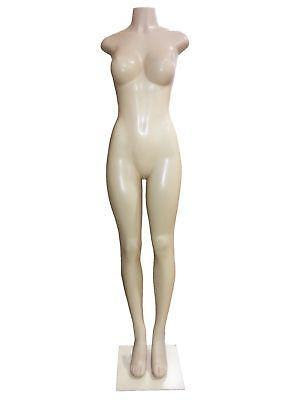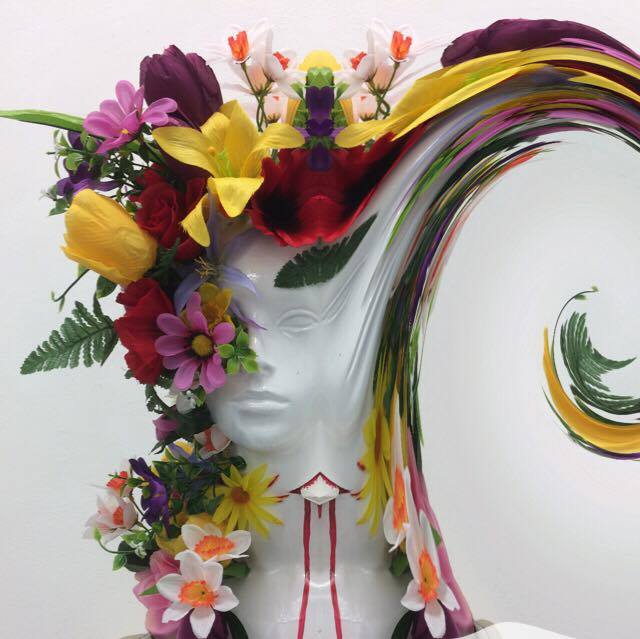When I entered this semester, I did not anticipate that the work I was going to make was going to be surreal. I entered with the mindset that my work was going to be sophisticated and different to my usual style (often surreal, colourful and heavily patterned) , which I thought was immature.
Little did I know that I was going to do a full circle, as my final pieces are still very surreal, and very colourful!
I have learned to embrace it, as it is a reflection of myself and a 'sign' that this is the direction of art I was naturally meant to take.
I enjoy the ambiguity, the confusion and the freedom that comes with surrealism. I have always gravitated towards the surreal.
I think one of the most important things about surrealism, is that it very often provokes interesting reactions, because it can be very difficult to understand. If somebody looks at my work and says "oh, that's weird" I'll give them a big smile and say thank you!
If something is 'strange', I'll usually be able to find a way to like it after the initial confusion. I think surrealism is flowing naturally in my blood, no matter how hard I might try to stray from it. And that's just fine.
I'm a big fan of Salvador Dali, who is the king of surrealism. Although his work was not an influence to mine, his tutor, Sigmund Freud, may relate to my work.
This piece was referred to as "uncanny" by a viewer, which I thought was very interesting.
I started to research Sigmund Freud's explanation of "the uncanny" and found a few very interesting quotes, taken from his book "The Uncanny" published in 1919.
“uncanny effect is produced by effacing the distinction between imagination and reality”
“when an inanimate object becomes too much like an animate one”
"Freud provides a list of things that are uncanny: “dismembered limbs, a severed head, a hand cut off at the wrist, feet which dance by themselves” (14). Each of these items, whether animate or inanimate, produces an uncanny effect. They are all a part of a whole, something cut off from a familiar object. The complete object is familiar, as are the individual parts, but only when attached to the original collective."
(the above analysis came from https://wiki.uiowa.edu/pages/viewpage.action?pageId=74615767#id-"TheUncanny"-uncanny and I found it very interesting.)
When compared to these quotes, my sculpture seems to fit the definition of "uncanny" perfectly, especially when photographed (as photography is naturally more ambiguous).
The sculpture is created of familiar items, that you can see a thousand times just walking through a town. Artificial flowers, and a mannequin head. They are incredibly simple items, compiled into a piece of art that is much more difficult to understand.
Mannequin heads are uncanny by themselves, as they are essentially just plastic severed heads made to be as realistic as possible.
I am interested in this quote particularly
“when an inanimate object becomes too much like an animate one”
I wonder if perhaps my sculpture would have been less "uncanny" without the addition of fake blood. I feel that the dripping of blood brings the mannequin to life, as blood is our life force and a thing that is familiar to all of us whether we like it or not.
Freud, and many other researchers of the uncanny collectively believe that "the uncanny" provokes feelings of discomfort, and sometimes fear.
“that what is ‘uncanny’ is frightening precisely because it is not known and familiar”
(quote taken from his book "The Uncanny" published in 1919.)
If my work is frightening, then that's just fine with me. It has been referred to as "pretty, and scary.... pretty scary!" by a peer beforehand.
It goes above and beyond what I was originally going for. My original intention was to shock, but fear is a different and much more powerful emotion to employ. If my work is capable of evoking such emotion, then I would call it a success.





















































